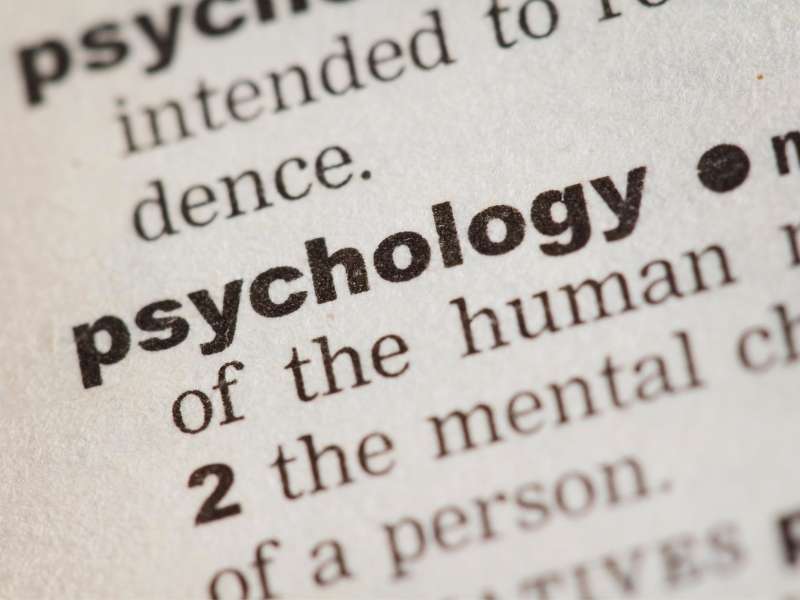Natural Disasters
A natural disaster is a serious adverse event resulting from the earth’s natural processes; examples include fire storms, dust storms, floods, hurricanes, tornadoes, volcanic eruptions, earthquakes, tsunamis, storms, and other geological processes. It is characterized by the abnormal intensity of a natural event (flood, mudslide, earthquake, avalanche, drought) when the usual measures to prevent this damage have not been able to prevent its occurrence or have could not been taken.
Ways it happens
Natural disasters are caused by various reasons such as soil erosion, seismicity, tectonic movements, atmospheric pressure, and ocean currents, etc. Natural activities occurring both in the Earth’s crust and on the surface are the main reasons for these disasters.
A disaster is defined as a disturbance of massive proportions, whether natural or man-made, occurring over short or long periods of time. Disasters can cause human, material, economic or ecological hardship that may exceed the tolerable capacities of the affected society.
Psychological Damage
Post-traumatic stress disorder (PTSD) is a psychiatric disorder that can occur in people who have experienced or witnessed a traumatic event such as a natural disaster, major accident, terrorist attack, war/ combat or rape, or who have received threats of death, sexual violence or serious injury. PTSD is a type of anxiety disorder, that can occur after a deeply threatening or frightening event.
People with PTSD have intense, disturbing thoughts and feelings related to their experience that persist long after the traumatic event has ended. They can relive the event through flashbacks or nightmares; they may feel sadness, fear, or anger; and they may feel alienated or estranged from other people. People with PTSD can avoid situations or people that remind them of the traumatic event, and they can have strong negative reactions to something as simple as a loud noise or an accidental touch. The most commonly diagnosed mental illness among people living in flood-prone areas is PTSD, which manifests as sleep disturbances, emotional distress, avoidance, and emotional.
What’s common?
Floods are now the most common type of major disaster. Over the past 10 years, floods in Europe have killed more than 1,000 people and affected more than 3.4 million1. As with other types of major incidents or disasters, the impact on people’s health, relationships, and well-being can be significant. However, floods are also distinct from some other types of disasters in that floods can often be prevented through flood control measures and because of the long recovery period that follows, which increases the risk of occurrence of secondary stressors and their impact worries the recurrence of people affected by the floods.
Reports on the psychosocial effects of floods suggest that they can have significant effects on people’s well-being, relationships, and mental health. Floods can cause significant social and social problems that can last for a long time, not only because of the flood (the primary stressor) but also because of the secondary stressors (the stressors indirectly related to the event’s initial extreme, i.e. the economic stress of rebuilding) that occur as people attempt to regain their lives, possessions, and relationships. Floods can test the psychosocial resilience of the most resilient people affected.
Although most people affected by disasters recover with the support of their families, friends, and colleagues, the effects on some people’s health, relationships, and well-being can be extensive and long-lasting. Floods can cause significant social and mental health problems that can persist for long periods of time. Floods can test the psychosocial resilience of the most resilient people affected. Methods The Health Protection Agency (HPA) conducted a review of the literature published from 2004 to 2010. It aims to: evaluate and evaluate epidemiological evidence on floods and mental health; evaluate existing guidelines for contingency planning for the impact of floods on psychosocial and mental health needs; provide a detailed report to policy makers and services on practical ways to reduce the impact of floods on the mental health of those affected; identify where research can support future evidence-based guidance.










